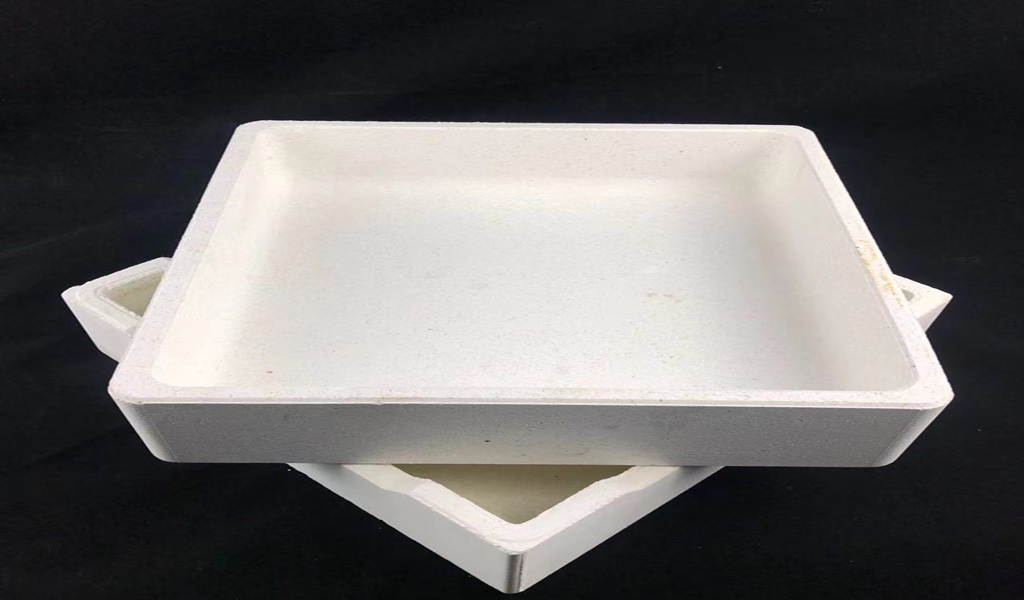Ceramic valves are usually produced and processed using industrial alumina and zirconia ceramic materials, and their properties are often used in harsh conditions. Ceramic valves are installed on heavy process pipelines, and the working conditions are complex. Once a problem occurs, it is often helpless because of its heavy weight and difficult to pinpoint. It also involves system commissioning, system integrity, adjustment quality, environmental pollution and other issues. Therefore, the rational use of ceramic valves to maintain them to the maximum extent and prolong their service life is the primary problem of using ceramic valves. The following five methods for prolonging the life of ceramic control valves are provided by Pintejin, hoping to help the majority of ceramic valve users.
1. Cleaning the pipeline to prolong the life of the ceramic valve:
Welding slag, rust, slag solidified by lime slurry, iron wire, cloth strip in the pipeline cause the ceramic valve to block or get stuck at the choke and guide parts, and the valve core is broken, which often occurs in the new system and after overhaul. This is the most common failure in the initial stage of operation. In this case, remove the ceramic valve for cleaning, remove the slag, and grind if the sealing surface is damaged; at the same time, open the bottom plug to flush out the slag and flush the pipeline. Before putting into operation, let the ceramic valve fully open, let the medium flow for a period of time and then bring it into normal operation.

2. The opening work prolongs the life of the ceramic valve:
Try to work on a wide opening, such as 80%, when starting to use a ceramic valve. In this way, the erosion and wear of the initial impurities in the pipeline occur outside the damaged part of the ceramic valve core. After removing the impurities in the pipeline, the opening of the ceramic valve is adjusted to a slightly larger normal opening. Locally, as the fluid damages the ceramic valve core, the flow rate increases, and the opening degree is correspondingly reduced, so that it is continuously destroyed and gradually closed, so that the entire ceramic valve core can be fully utilized until the root of the ceramic valve core and the sealing surface are damaged and cannot be used. .
3. The caliber improves the service life of the ceramic valve:
We calculate the correct CV through the CV value calculation formula to select the appropriate ceramic valve caliber. Under the same flow rate, the smaller the diameter of the ceramic valve, the faster the fluid flow rate, and the more severe the erosion of the medium to the ceramic valve core and seal. It is recommended that the user adjust the caliber of the ceramic valve appropriately within the range where the opening can be freely adjusted, so as to reduce wear and tear.
4. Transfer the damage position to improve the service life of ceramic valve:
Move the seriously damaged part of the ceramic valve to a secondary position to protect the sealing surface and throttling surface of the valve core and seat. Usually the ceramic ball valve is seriously eroded, and the fluid velocity is the lower part of the fluid inlet. For the current three-piece structure of the ceramic ball valve, the ball core can be reversed for use. In this case, a ball core can be used at the inlet four times, so that the The life of the ceramic valve is extended by 4 times.
5. Change the valve structure to improve the service life of the ceramic valve:
The ceramic control valve originally adopted a two-piece structure. In order to make the structure of the ceramic valve more reasonable, it was changed to the commonly used three-piece structure. This structure has double valve seats, so it also has the characteristics of double sealing. At the same time, when choosing a ceramic ball valve, pay attention to choosing a valve with a sloped transition design. Such a ceramic valve regulating valve can reduce the impact of the fluid.
How to extend the service life of ceramic valves
